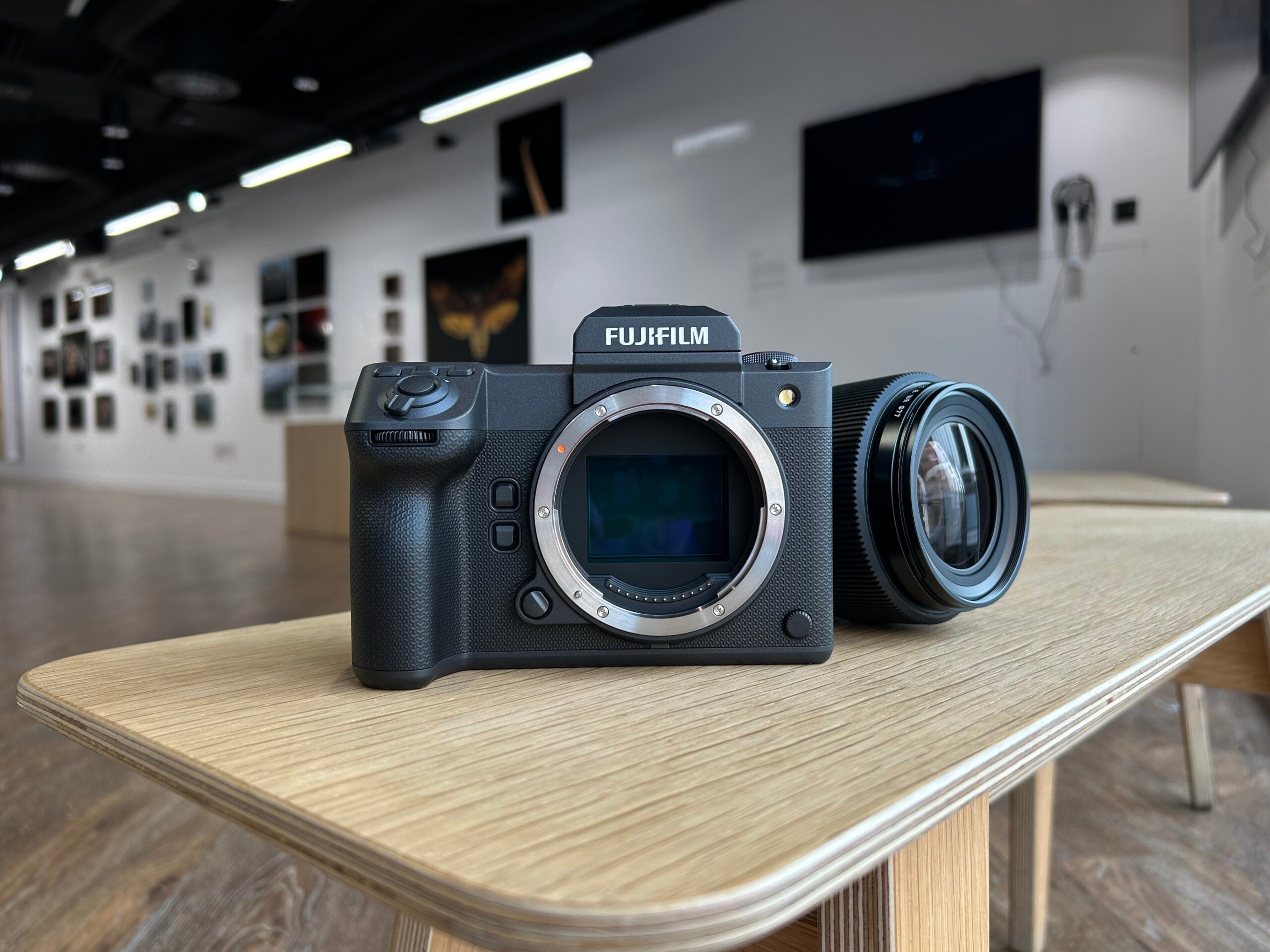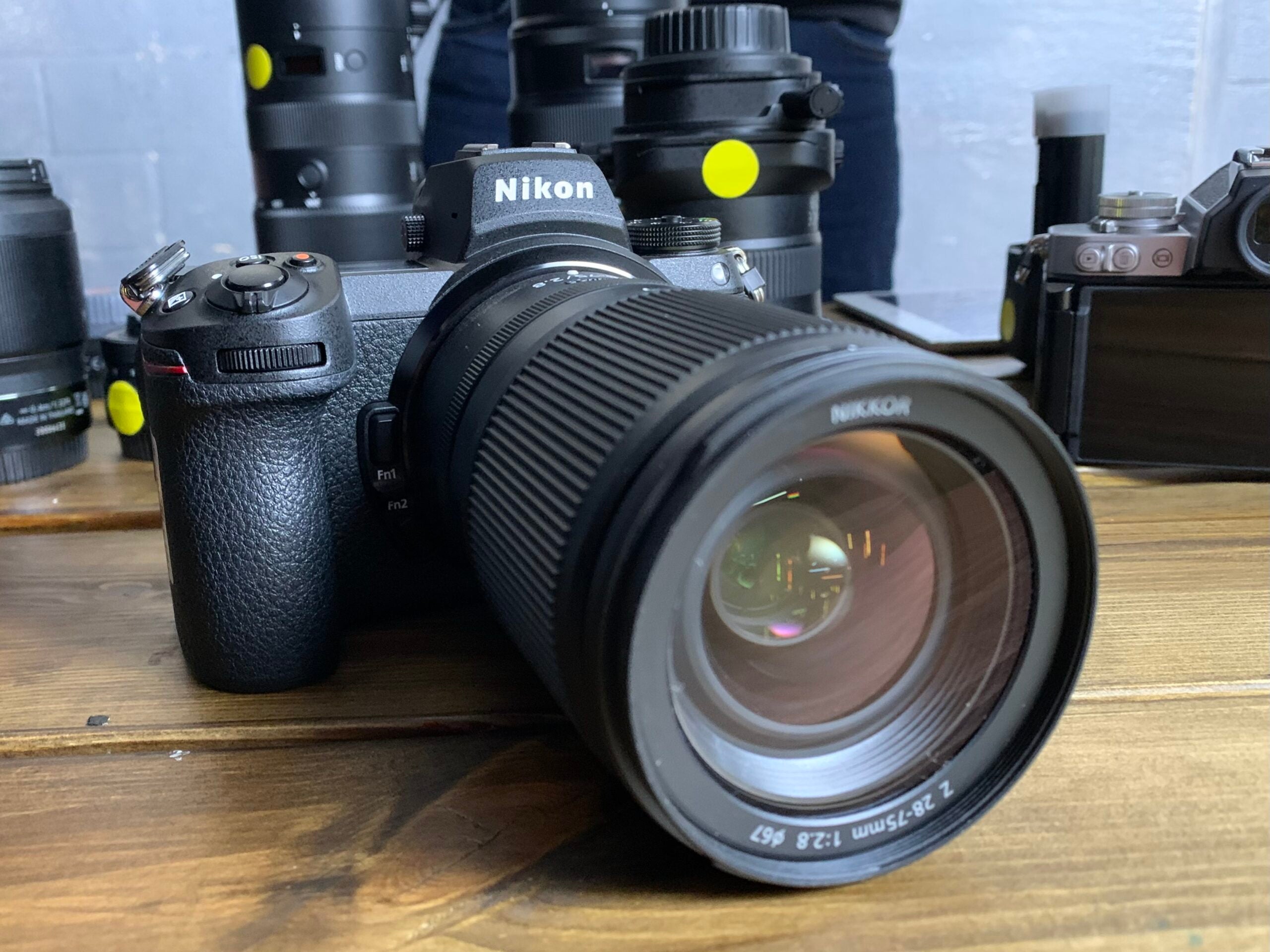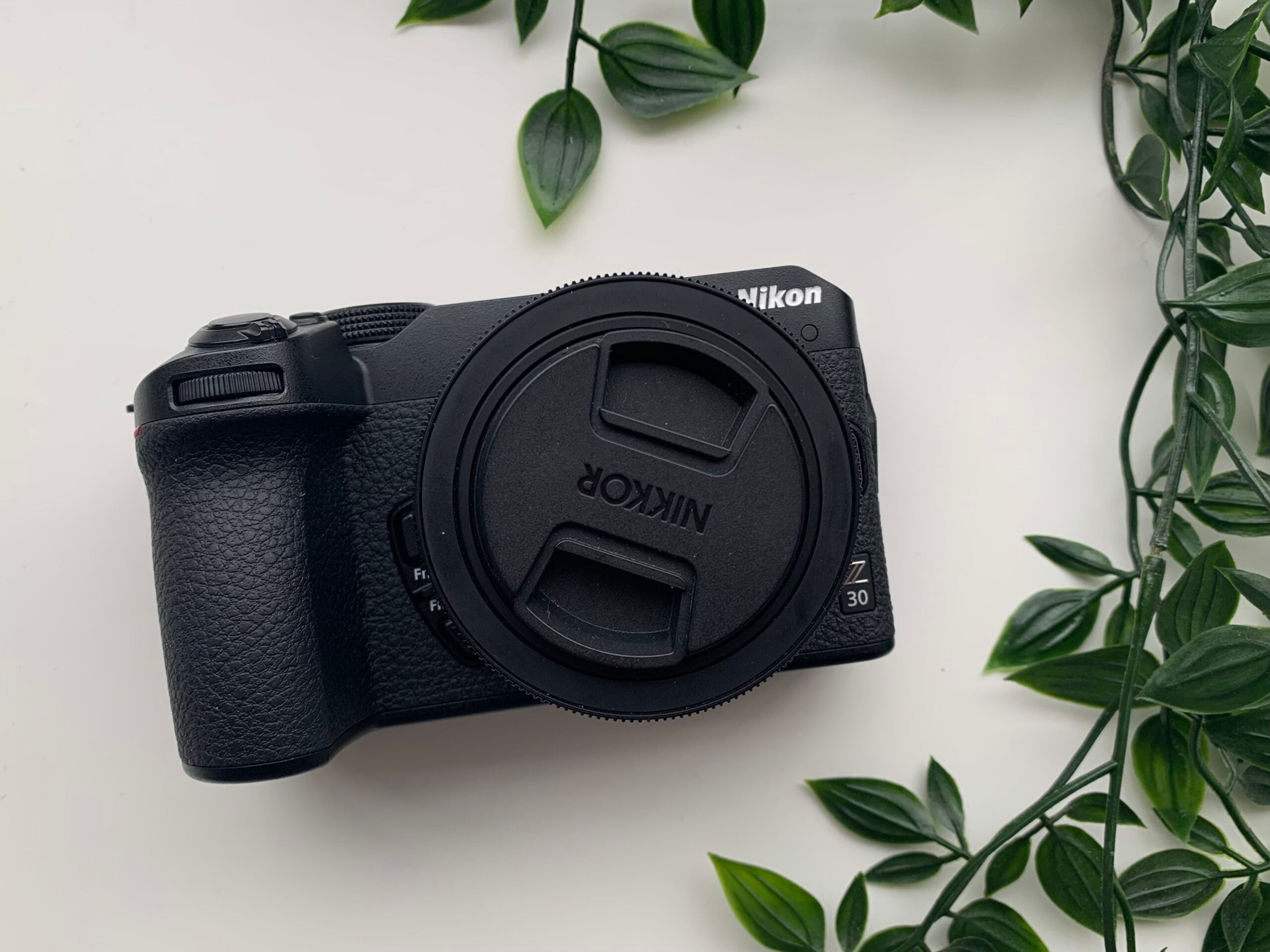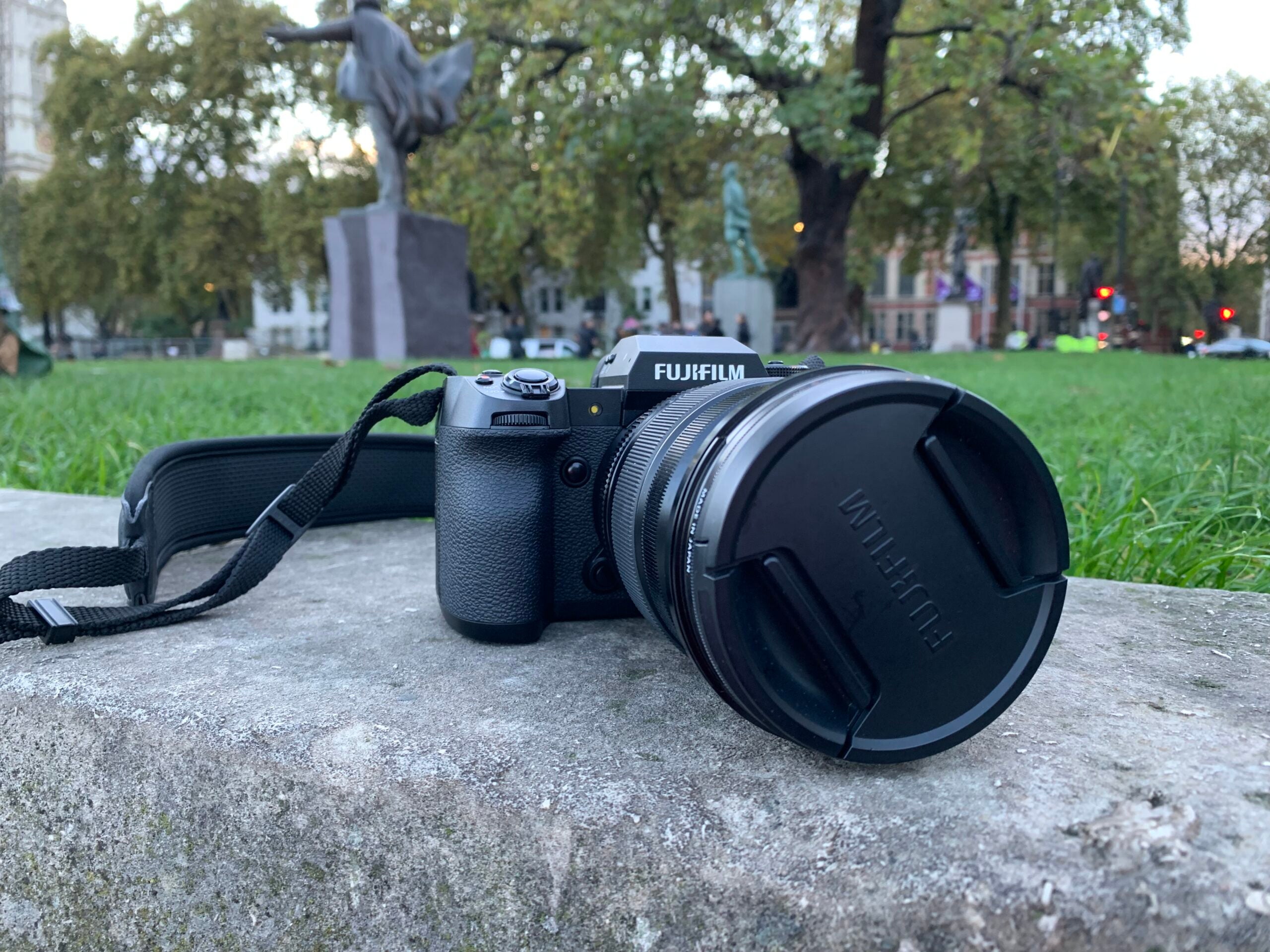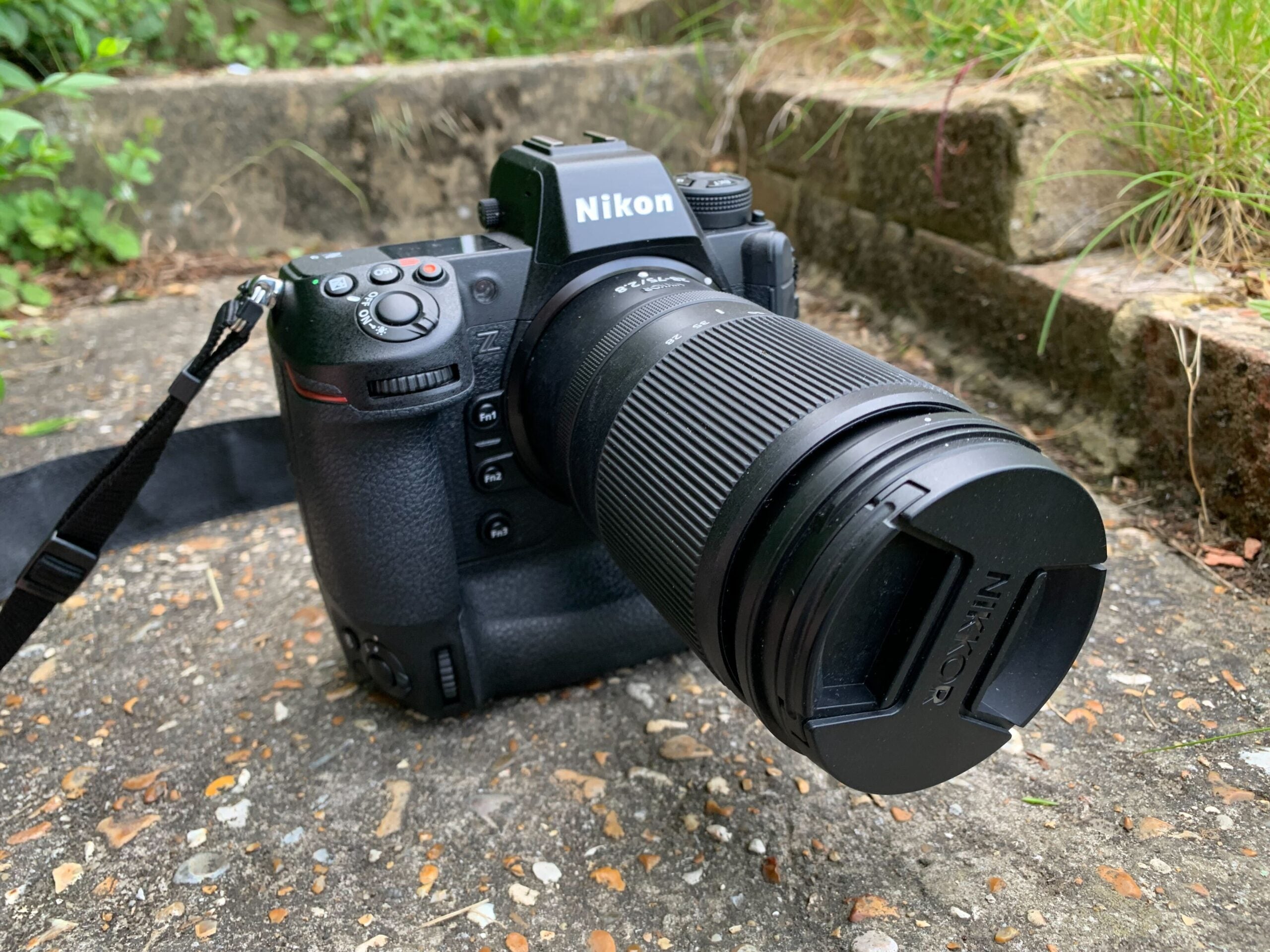Nikon Z7 II Review
If you’re searching for a Nikon Z camera that offers the perfect compromise between price and features, look no further




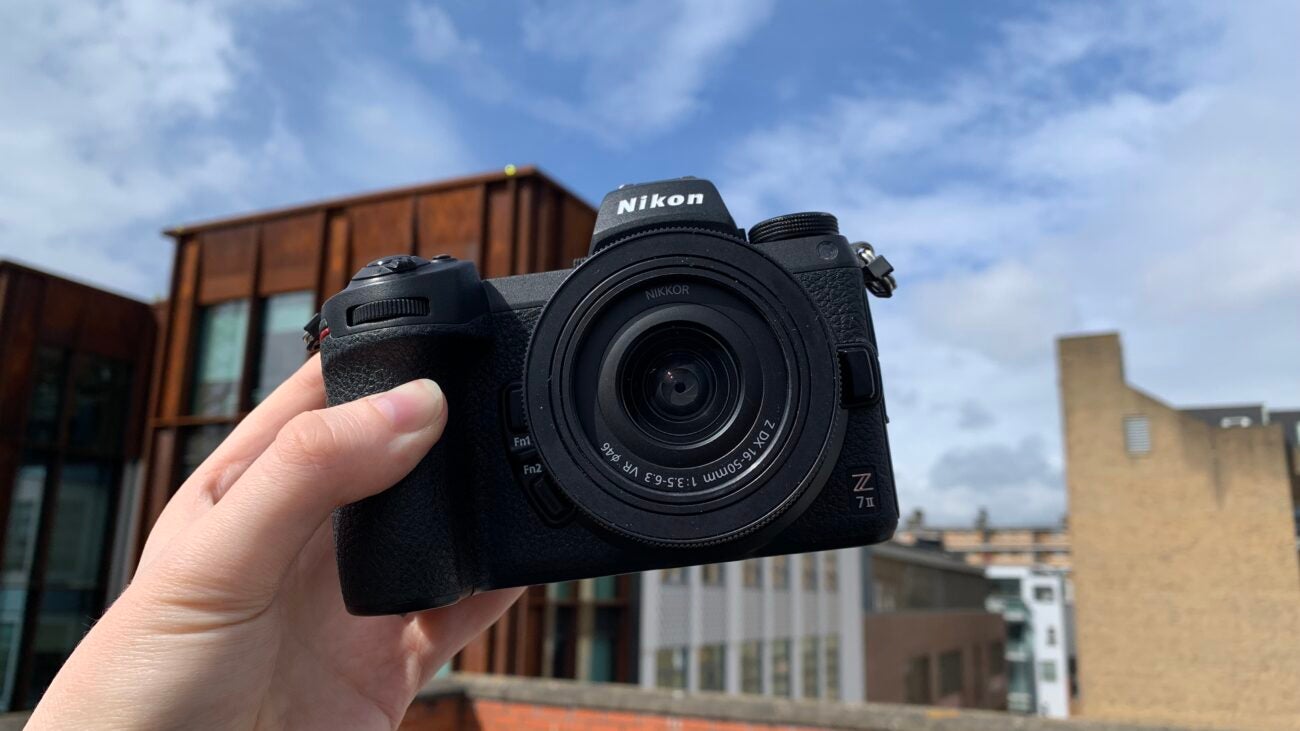















Verdict
If you’re searching for a Nikon Z camera that offers the perfect compromise between price and features, look no further.
Pros
- Slim build
- Huge full-frame sensor
- Accurate eye AF
- 4K/60p video recording
Cons
- The screen doesn’t flip out
- There are better cameras for action
Key Features
- Full-frame sensor45.7-megapixels for high-resolution images
- Hybrid AFWith Eye- and Animal-Detection
- Tilting monitorAlong with EVF and top display
- Video recording4K at up to 60fps
Introduction
Until recently, the Nikon Z7 II was the second camera down in Nikon’s Z line of mirrorless cameras, sitting directly below the flagship Z9. Now, the camera sits third in line after 2023’s Nikon Z8.
The successor to the Nikon Z7, the Z7 II has seen a slight reduction in price since its launch in October 2020, making the camera an increasingly tempting choice for photographers looking to pick up a full-frame model capable of capturing sharp 45-megapixel stills for less than the price of the £3999 Z8 or the £5299 Z9.
Keep reading to learn about my experience with the Nikon Z7 II.
Design
- The Z7 II is small for a full-frame camera
- The camera is sealed against dust, dirt and moisture
- There’s a tilting monitor, EVF and top display
The Z7 II is surprisingly small and lightweight for a full-frame camera. It also looks virtually identical to the Nikon Z6 II, another full-frame camera that launched in tandem with the Z7 II. However, there are some internal features that set the two cameras apart which I’ll address later on this review.
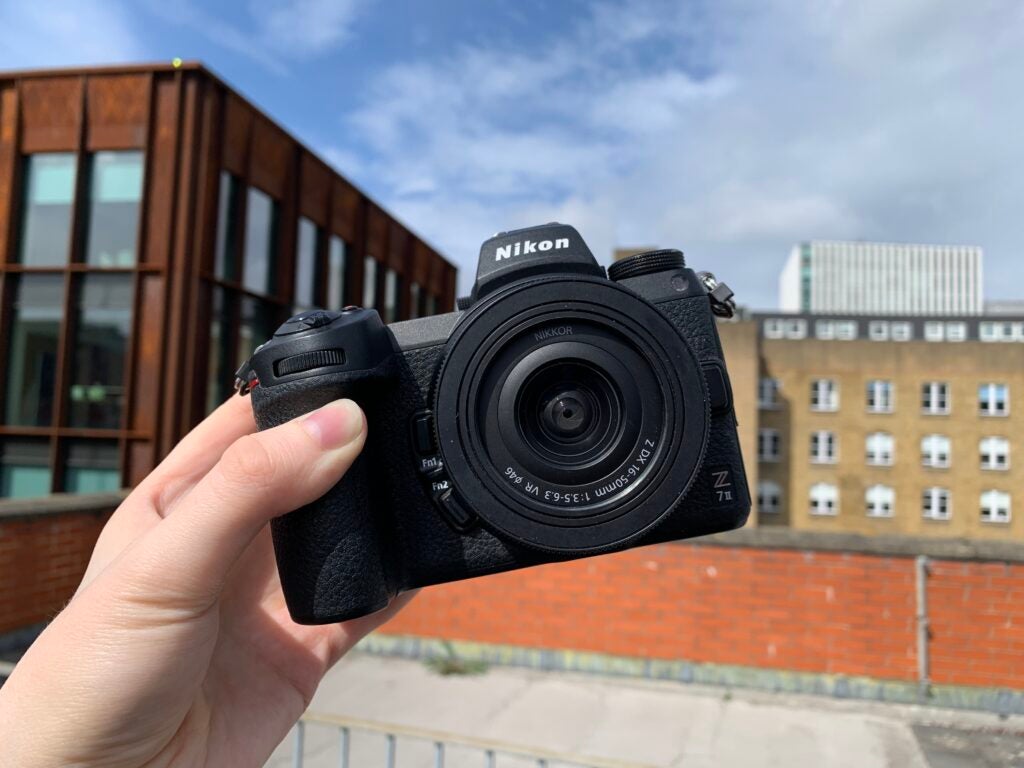
The Z7 II isn’t the smallest camera in Nikon’s Z line by a long shot, remaining larger and heavier than the compact Nikon Z30, for example. However, it is significantly smaller and more travel-friendly than the slightly unwieldy Z9. It’s also still smaller than the Nikon Z8, the mirrorless successor to Nikon’s D850 DLSR that is designed to bring some of Nikon’s top-end Z9 tech to a smaller, more lightweight body.
The Z7 II doesn’t include the horizontal grip or second shutter button found on the Nikon Z9, but I found the single grip deep enough to support a variety of lenses regardless of which orientation you choose to shoot in. Nikon also sells the attachable Power Battery Pack MB-N11 grip for those who shoot a lot of portraits.
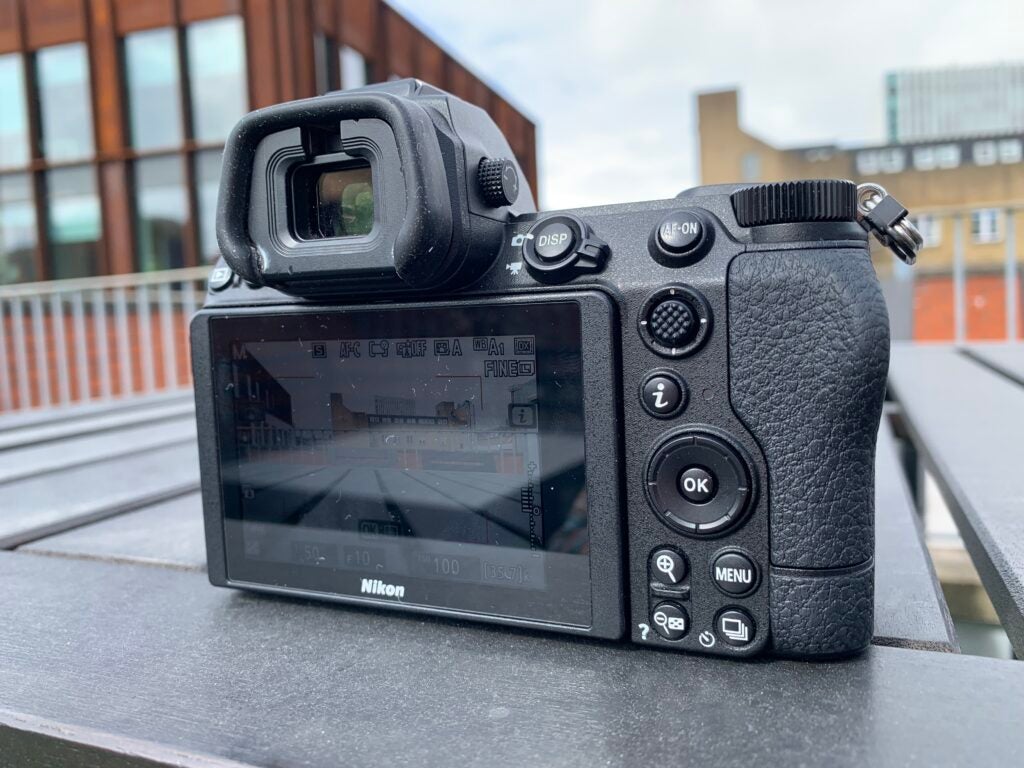
The magnesium-alloy body is sealed against dust, dirt and moisture and there’s a good mix of physical buttons and dials and touch controls present on this camera, giving you quick access to a decent number of settings and functions without feeling cluttered or overwhelming.
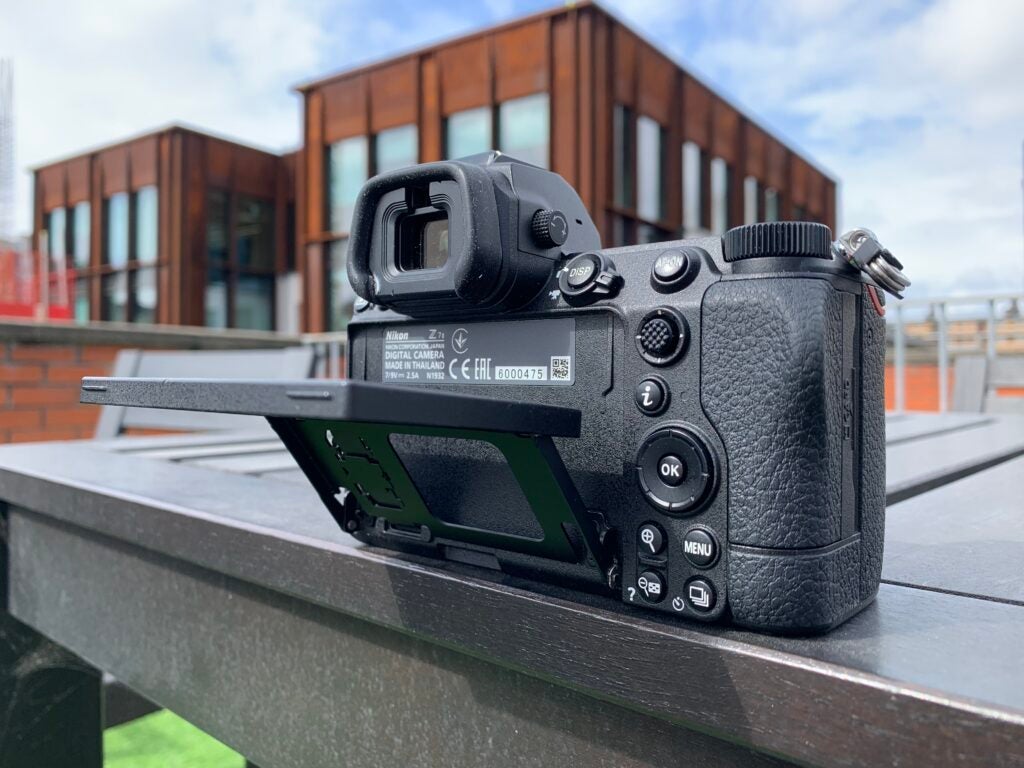
I found the 3690K-dot OLED EVF to be bright and the small black-and-white screen on top great for monitoring settings at a glance. The 3.2-inch tilting LCD touchscreen is handy for shooting at uncomfortable angles, such as directly above or below the camera, but doesn’t rotate out to the side. This is an obvious omission for vloggers as it makes it tougher to record yourself.
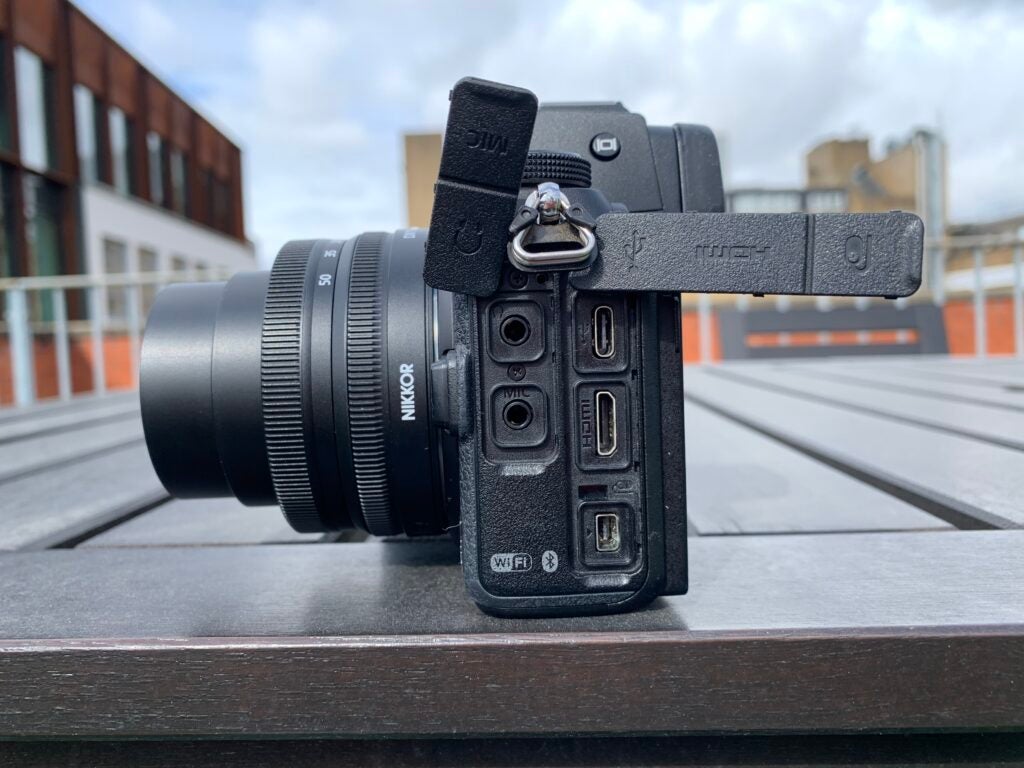
The Nikon Z7 II features a dual card slot, allowing you to carry both an SD card and an XQD or CFexpress card. There’s also a decent array of ports, including USB-C for charging, HDMI and two 3.5mm jack headphone and microphone jacks.
Features
- The Z7 II is powered by dual Expeed processors
- It has a 64-25600 ISO range and 10fps burst mode
- The hybrid AF system features 493 focus points and eye and animal subject detection
When it comes to sensor size, the Nikon Z7 II is only beaten by the Z9 II in Nikon’s own line-up. This is because, while both cameras pack high-resolution 45.7-megapixel full-frame sensors, the Z9’s sensor is stacked, making it much faster.
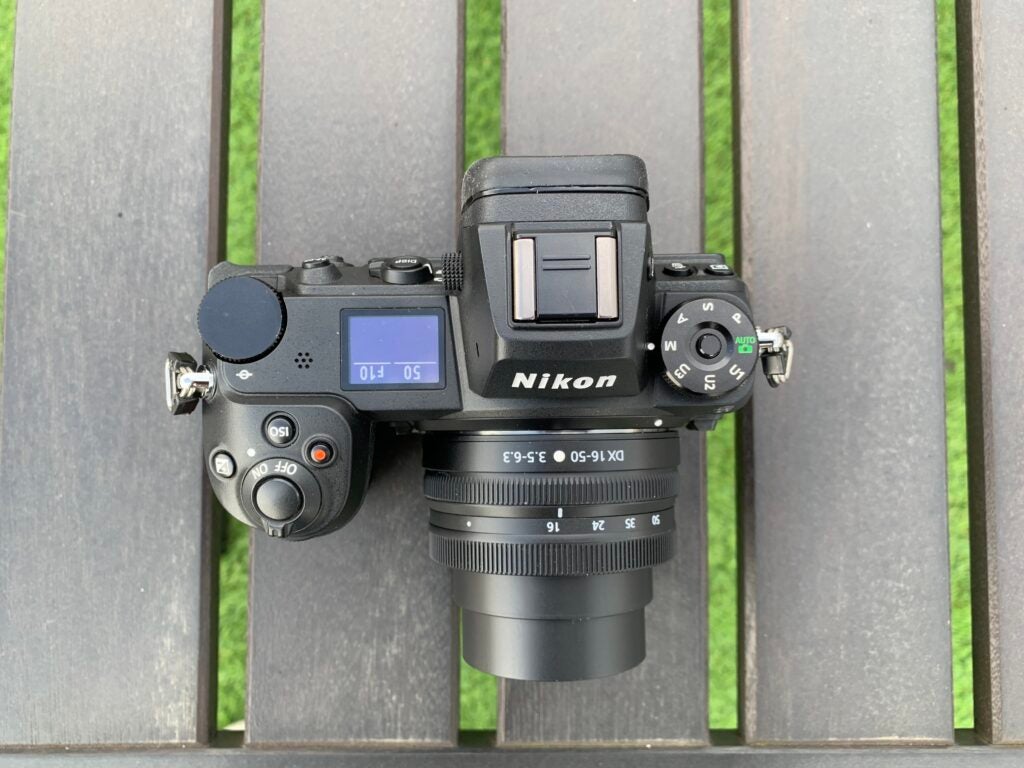
The Z7 II packs two Expeed processors, which Nikon claims delivers greater dynamic range, cleaner performance across the full 64-25600 ISO range and improves focus – even when shooting in extreme low light. I found the performance to be very snappy and low-light performance to be good with very little noise. The ISO range is also wider than that found on the Z6 II.
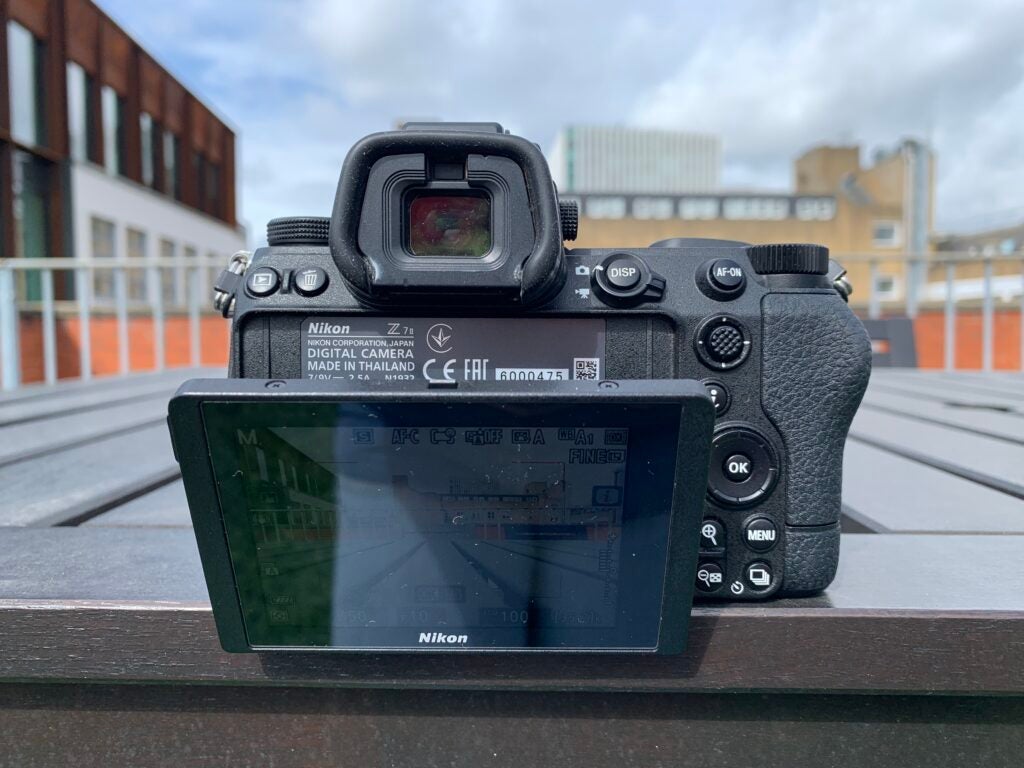
Moving onto autofocus, the Nikon Z7 II is equipped with a hybrid AF system that includes 493 focus points – that’s almost twice as many as those found on the Z6 II. There’s subject tracking for people, eyes and animals which I found to be fast and accurate when photographing people. The camera also did a good job of latching onto my dog’s eye, though it did at times lose focus as he rapidly moved around the frame. I found the camera to be much more consistent when photographing people, finding and tracking eyes with great accuracy.
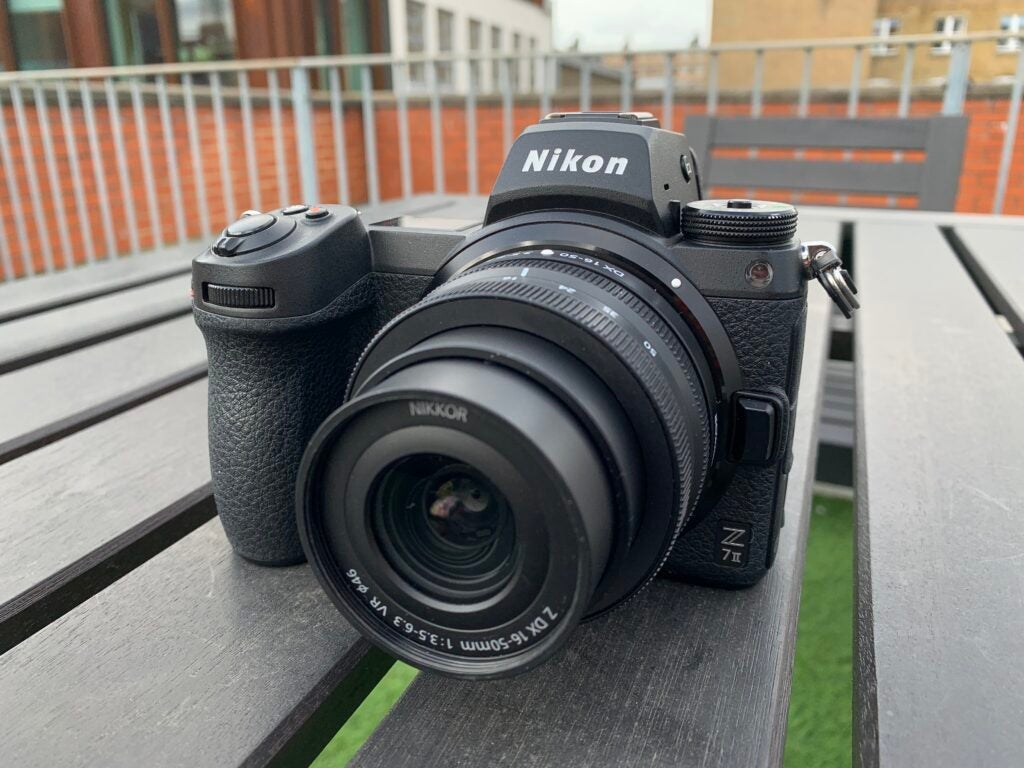
There’s no specific subject detection for cars, bikes or birds and the burst mode caps out at 10fps. For this reason, you may want to look toward a high-speed camera like the Z9 or Fujifilm X-H2S for photographing more specific subjects at higher continuous shooting rates.
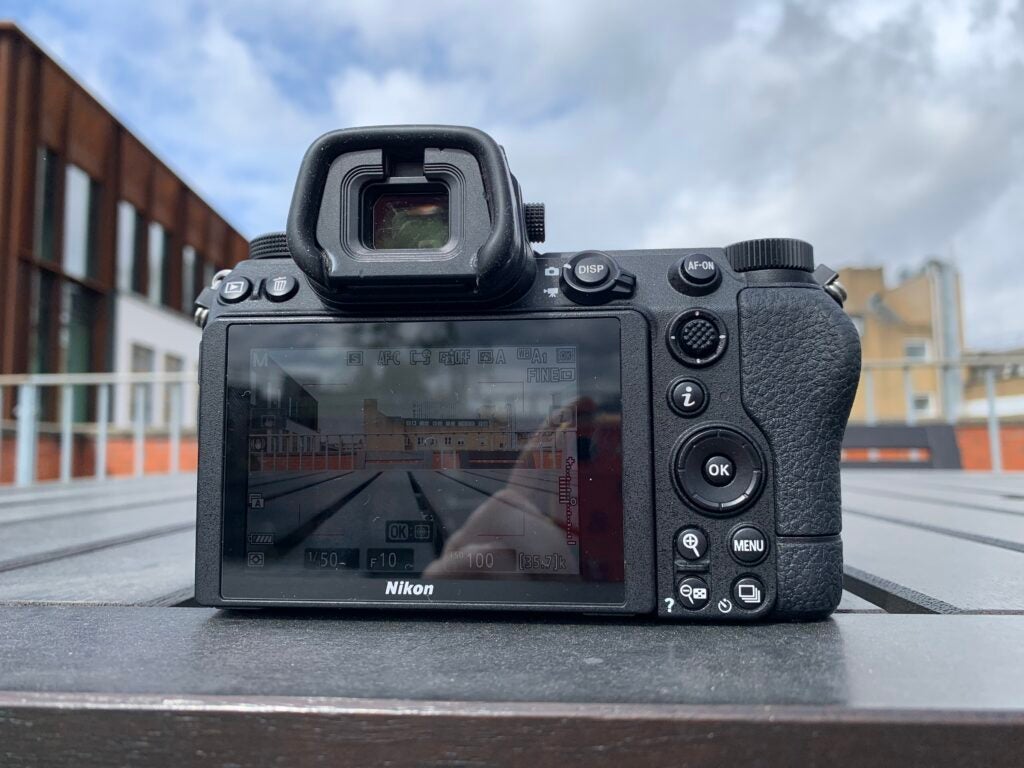
When it comes to battery life, I found that the camera was able to last several days on one charge. Nikon introduced a new battery on the camera which is able to snap more images for every charge compared to the battery in the Z9, and the USB-C charger can be plugged in during longer shoots to offer continuous power for extended periods of time.
Image and video quality
- The Z7 II packs a large 45.7-megapixel sensor
- Images are sharp and detailed with vibrant colours
- 4K/60p video is also sharp with great contrast
I found the Z7 II to be a highly capable camera when faced with both images and video. The full-frame sensor can capture huge 45.7-megapixel stills and sharp 4K/60p video, making it one of the main features that sets the Z7 II apart from the Z6 II and its 24.5-megapixel sensor.
When it comes to stills, I found images shot with the Z7 II to be incredibly sharp and detailed. Colours are bright and vibrant as you can see in this snap of a row of boats and there’s enough contrast to retain detail in the clouds.
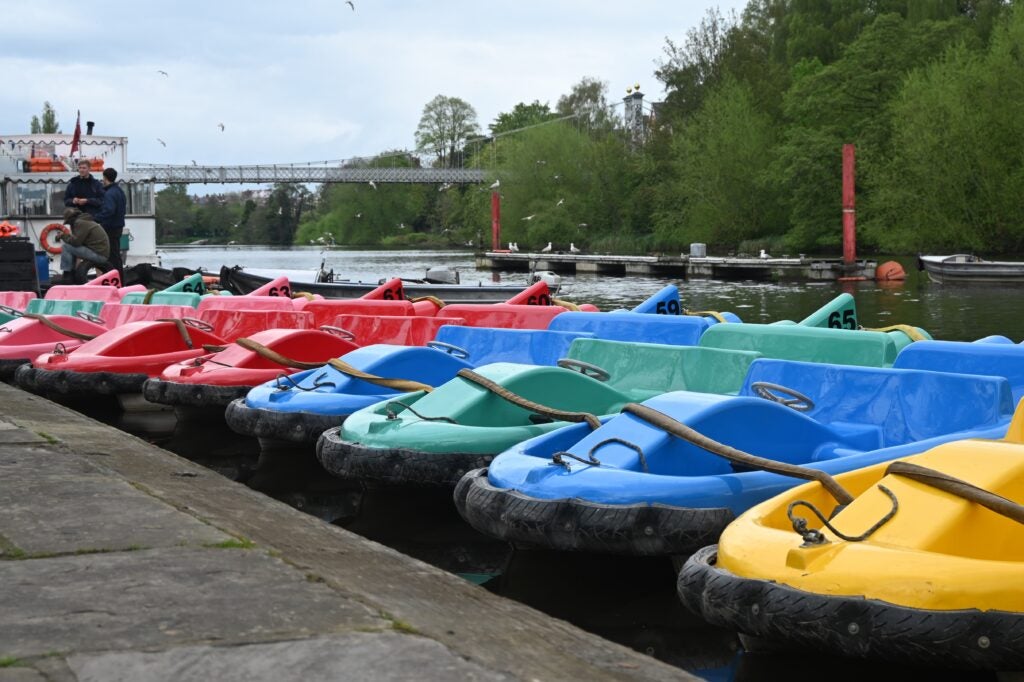
The same goes for the colours in this photo of a Chester street taken through a bridge. The colours of the bricks are rich and red and I love the contrast where the shadows hit the emblem at the top of the image.
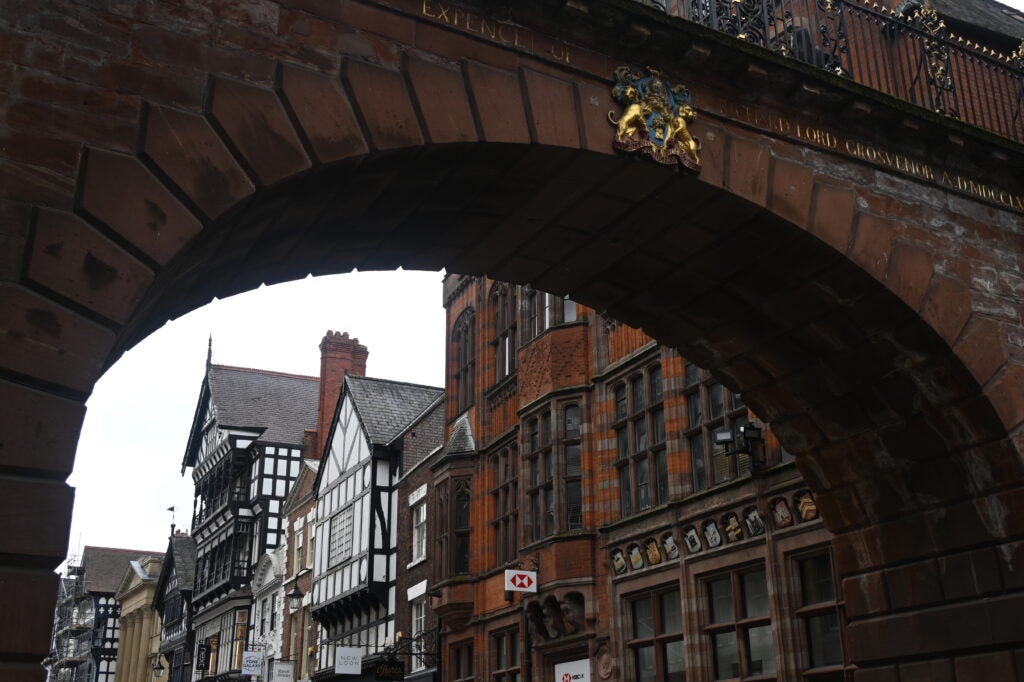
The Z7 II does a fantastic job of latching onto eyes when shooting portraits. There’s a good amount of texture to be found in the hair and fuzzy jacket in this pic of my grandma and the camera has replicated the details in her skin with lifelike accuracy down to the warm colour in her cheeks.
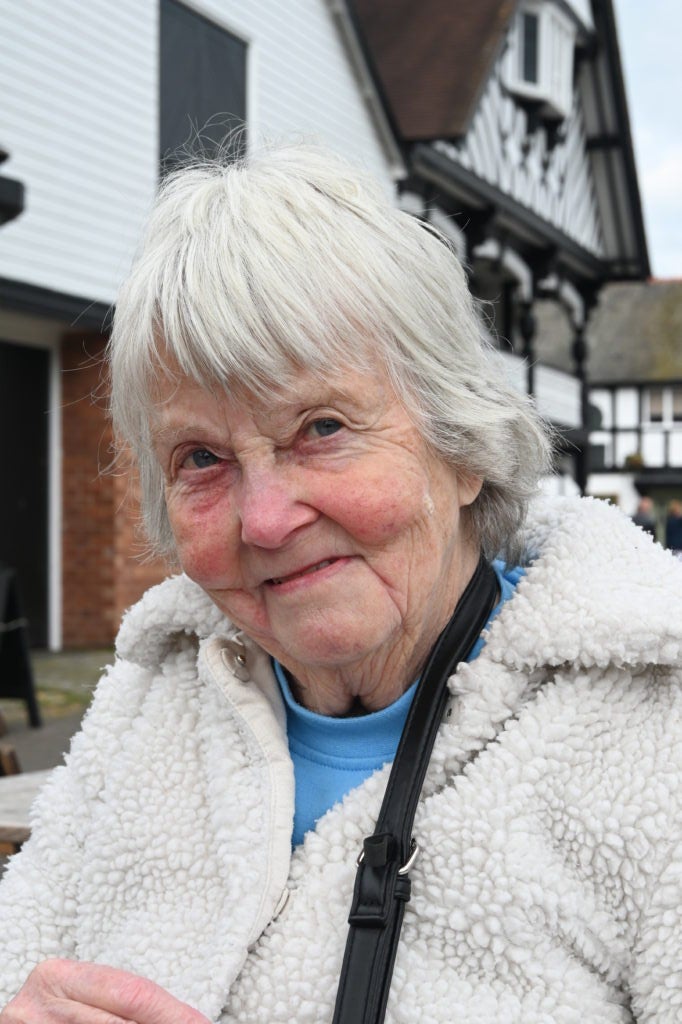
I really like how soft my dog’s fur appears in the image below without losing any of the details in his face. However, the focus seems to be more on the fur around his eyes than the pupils themselves, which is a shame.
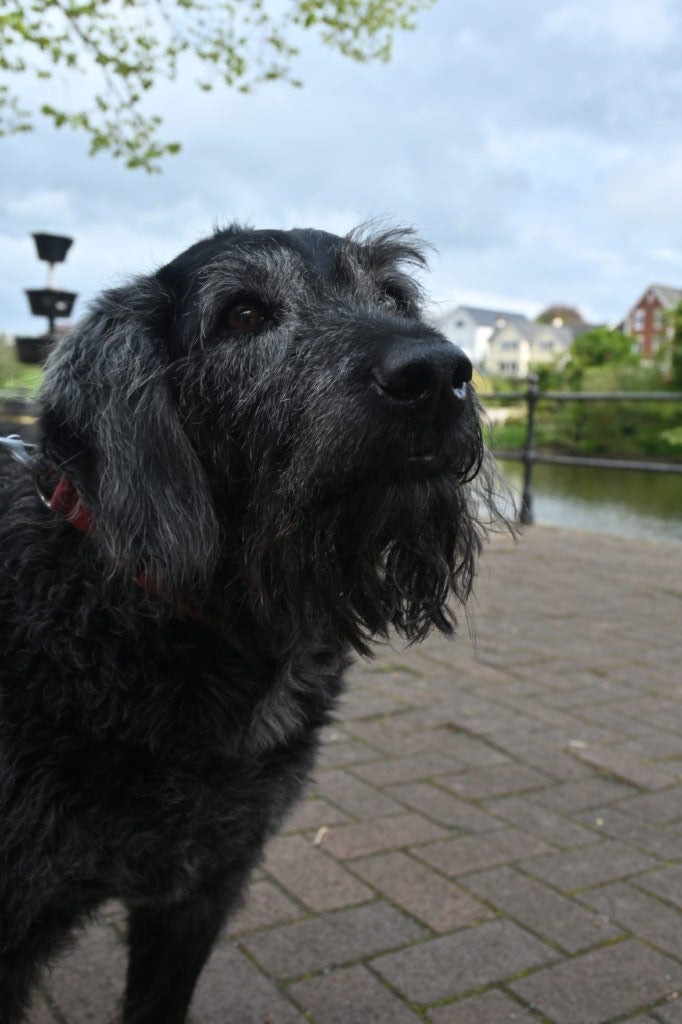
Finally, you can see the burst mode in action in this image of a train. I held down the shutter to capture the row of carriages as they steamed past in the distance and found the vast majority of the images to be sharp and usable, with only a small amount of blur when you zoom into the text.
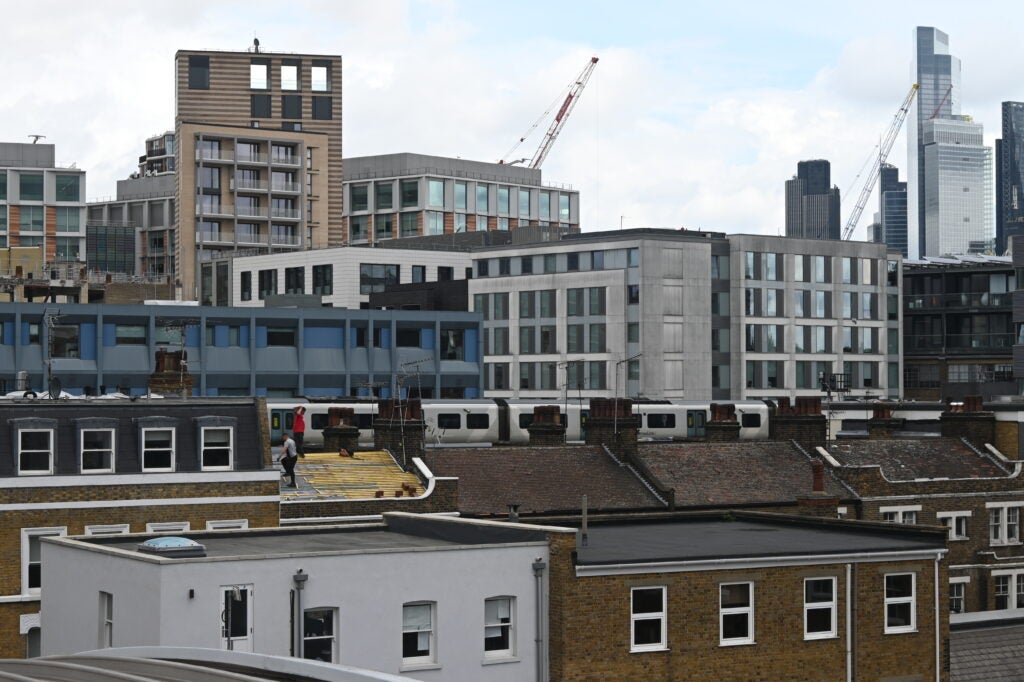
When it comes to video, the Z7 II sits decidedly below the 8K Z9 with its 4K/60p resolution. However, that doesn’t make it bad for video by any means. The Z7 II captures crisp footage with great contrast, vivid colours and a decent amount of bokeh when required.
The image stabilisation is good, but you’ll want to attach this camera to a gimbal for the smoothest results. I also wouldn’t recommend this camera for vlogging simply because of the type of monitor it features and the camera’s weight compared to many of our best vlogging cameras.
Latest deals
Should you buy it?
You want a smaller full-frame camera
The Nikon Z7 II is impressively slim for a full-frame camera and packs a huge 45.7-megapixel resolution to boot.
You want a high-speed camera
The Nikon Z7 II has a fast burst mode, but if you typically have only a split-second to get your shot or you need more precise subject detection, you’ll benefit more from a high-speed camera.
Final Thoughts
If you’re looking for a highly capable full-frame camera perfect for capturing both images and video, the Nikon Z7 II is certainly worth considering.
The camera is surprisingly small for a full-frame camera and captures bright stills with sharp details and vibrant colours with ease. The autofocus is fast and accurate and the burst mode will suit most people just fine.
It’s also significantly smaller and cheaper than the flagship Nikon Z9.
If you need a particularly high-speed camera or a travel-sized vlogging camera, the Z7 II probably won’t be your first choice. However, if you’re looking for a fantastic all-rounder at this price point, the full-frame sensor, fast AF and 4K video capture makes this a great option.
How we test
We test every camera we review thoroughly. We use set tests to compare features properly and we use it as our main device over the review period. We’ll always tell you what we find and we never, ever, accept money to review a product.
The camera was tested in different environments over the course of several weeks
We tried the camera with a variety of lenses
Video was captured in a range of resolutions and frame rates
FAQs
The Nikon Z7 II features a 45.7-megapixel full-frame sensor.
The Nikon Z7 II has an ISO range of 64-25600.
The Nikon Z7 II has a total of 493 focus points.

